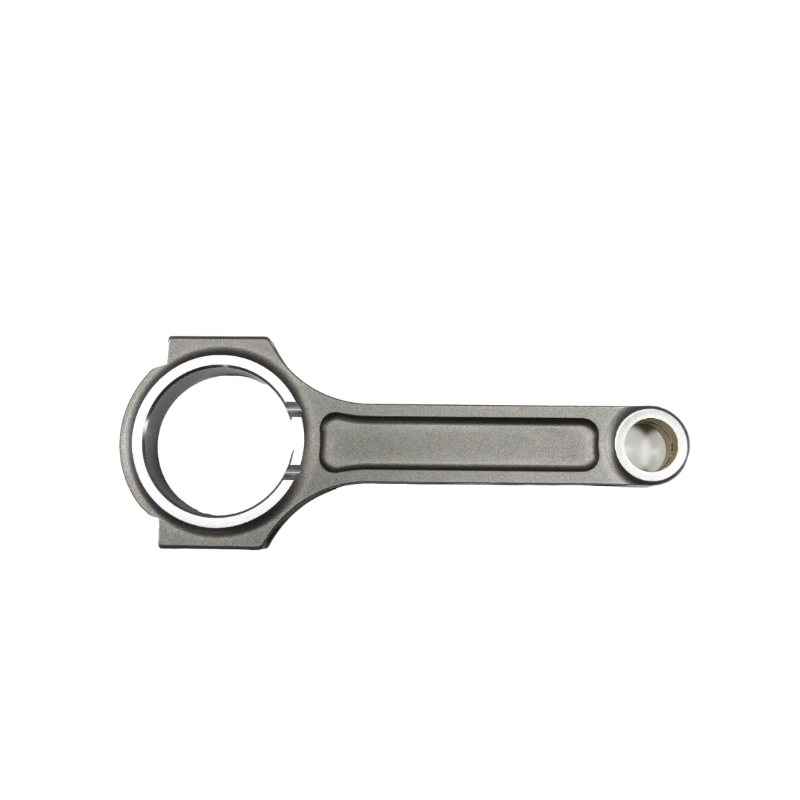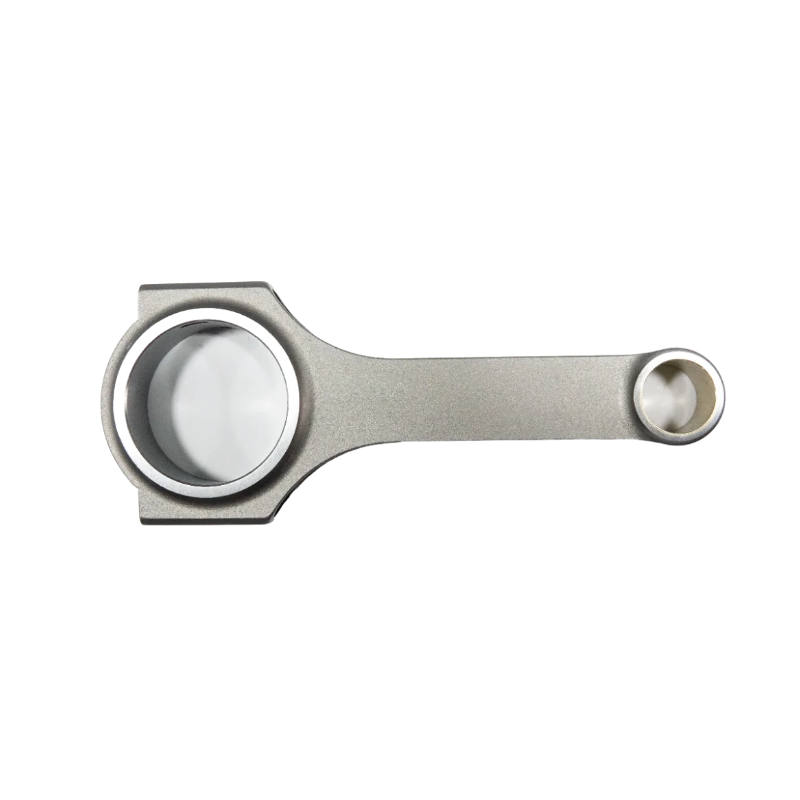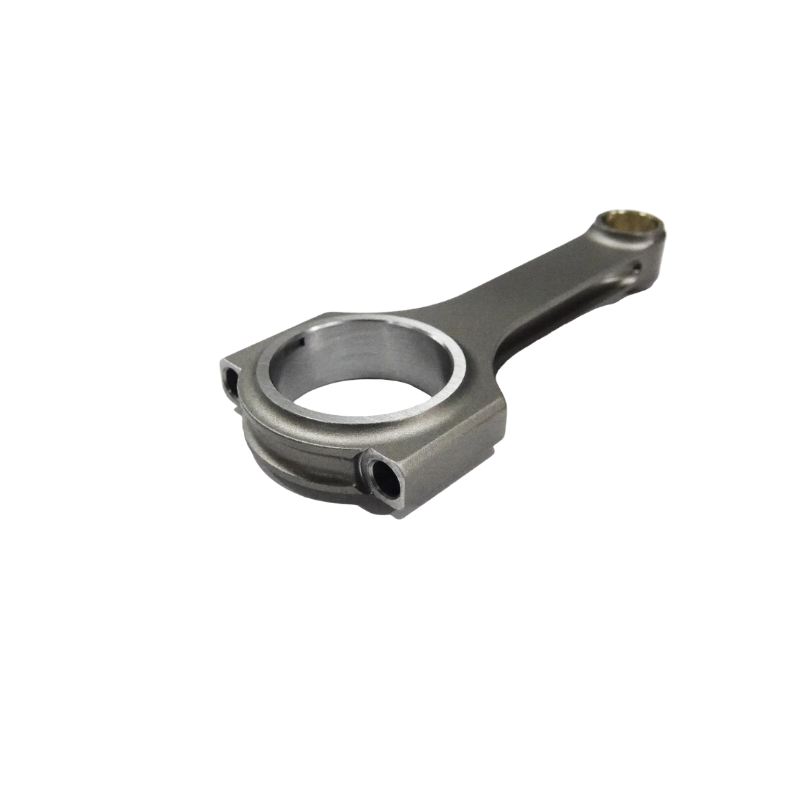Turnbuckle Connecting Rods: Innovative Engine Solutions for Enhanced Performance
Turnbuckle connecting rods represent a groundbreaking approach to engine design, offering unique advantages over traditional connecting rods. By incorporating turnbuckle technology into connecting rods, engineers can achieve exceptional performance and reliability while simplifying the engine building process. This article will delve into the benefits of turnbuckle connecting rods and explore how they can elevate your engine’s capabilities. One of the key benefits of turnbuckle connecting rods is their adjustable length. Traditional connecting rods are fixed in length, which can limit the flexibility of engine builders when it comes to tuning and customization. Turnbuckle connecting rods, on the other hand, can be easily adjusted to achieve the perfect length for a given application. This adaptability allows for precise control over the engine’s compression ratio and piston stroke, resulting in optimized performance and efficiency. Ease of installation is another advantage of turnbuckle connecting rods. Traditional connecting rods often require time-consuming and labor-intensive






